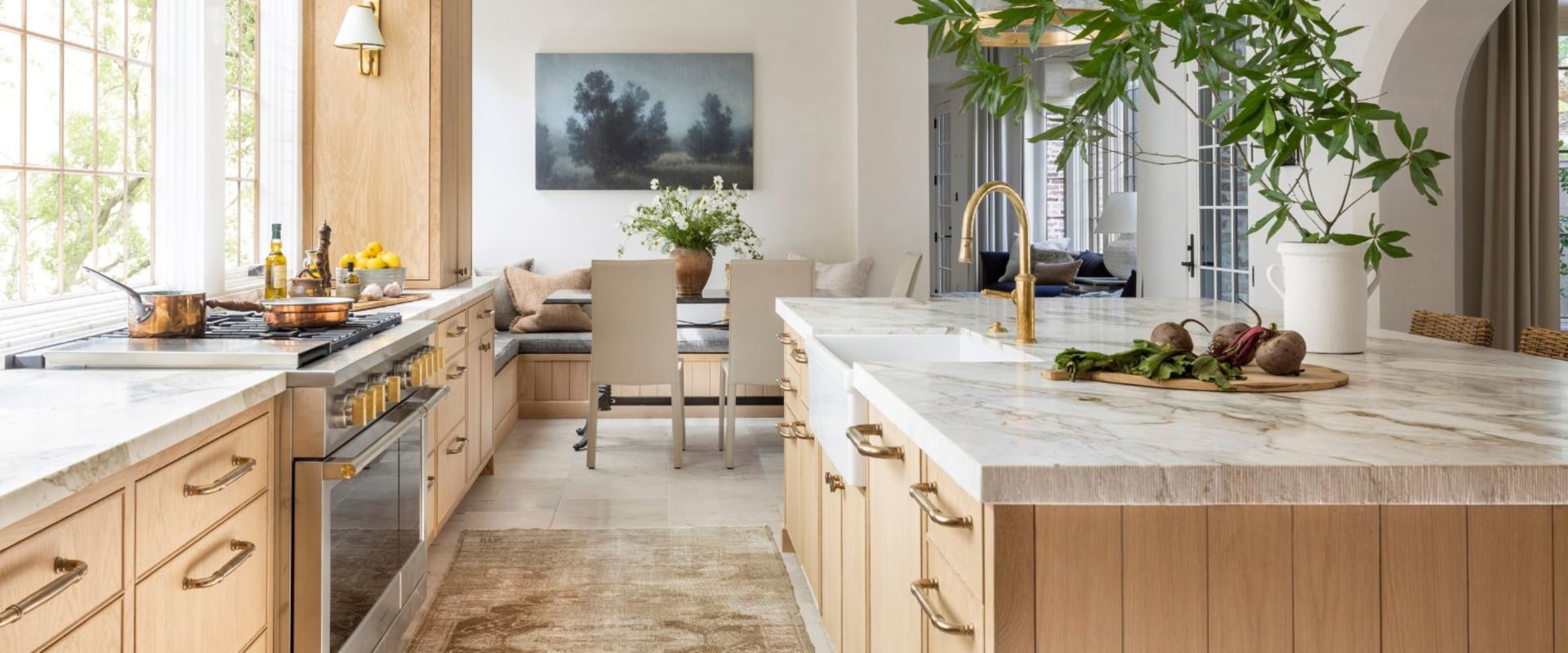A successful kitchen makeover starts long before any demolition or installation takes place, and homeowners benefit greatly from creating a clear plan that outlines their goals, budget, and timeline. Whether the intention is to modernize outdated finishes, improve storage, or completely reconfigure the layout, beginning with a realistic understanding of costs helps prevent surprises later on. Budget categories should include cabinetry, countertops, flooring, lighting, appliances, plumbing fixtures, and labor, with an added cushion for unexpected adjustments. Homeowners often find it helpful to gather inspiration from showrooms, online galleries, and model homes to better define their preferred style. This early phase is also the best time to consider any structural or mechanical updates that may be necessary; for example, electrical upgrades for new lighting or additional circuits for high-powered appliances. Thoughtful planning ensures that the final design aligns with both personal taste and practical function, creating a kitchen that will remain enjoyable and efficient for years to come.
Layout, Storage, and Functional Flow
After establishing a plan, homeowners should focus on layout and storage—two essential elements that directly affect day-to-day convenience. The classic “work triangle” concept, which places the sink, stove, and refrigerator at optimal distances from one another, remains a helpful guide, but modern kitchens often call for more customized solutions. Open-concept designs may integrate islands with seating, prep sinks, or built-in storage, turning the kitchen into a multifunctional hub. Pull-out shelves, vertical dividers, deep drawers, and pantry organizers maximize space while keeping essentials within easy reach. For homeowners who cook frequently or entertain often, adding designated zones—such as a baking station, coffee nook, or beverage center—can significantly improve workflow. Lighting also plays a major role in functionality: a combination of ambient, task, and accent lighting ensures that countertops, sinks, and prep areas remain well-illuminated. Even small additions, like under-cabinet lighting or dimmable fixtures, can make a kitchen feel more polished and welcoming.
Material Selection, Durability, and Long-Term Maintenance
Choosing materials is one of the most enjoyable steps in a kitchen makeover, but it’s also an area where practicality must balance aesthetics. Countertops come in a wide range of options—from quartz and granite to butcher block and porcelain—each with its own maintenance needs and visual impact. Flooring should be durable enough to handle heavy foot traffic, spills, and frequent cleaning, which is why tile, engineered wood, and luxury vinyl remain popular choices. Cabinet finishes, hardware, and backsplashes help refine the overall style of the kitchen, while also influencing ease of maintenance. Appliance selection is equally important: high-efficiency dishwashers, modern induction cooktops, and smart refrigerators can improve energy use as well as convenience. During this stage, many homeowners consult specialists to ensure their choices are compatible with existing utilities, and in some cases they may reach out to services like Bob's Appliance Repair for guidance on maintaining or updating older equipment before the remodel is complete. Each decision, from materials to mechanical details, contributes to the long-term durability of the space.
Bringing the Makeover to Life
Once all major decisions are made, homeowners move into the implementation stage, coordinating with contractors, installers, and designers to bring the new kitchen to life. Clear communication, regular progress checks, and flexibility are key to navigating this phase smoothly. A well-executed kitchen makeover not only enhances visual appeal but also improves functionality, comfort, and value, transforming one of the home’s most important spaces into a room that truly supports everyday living.



